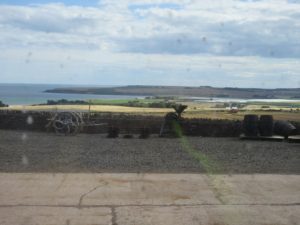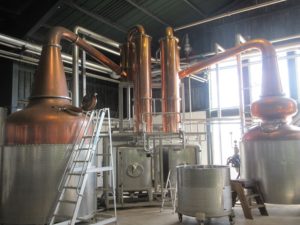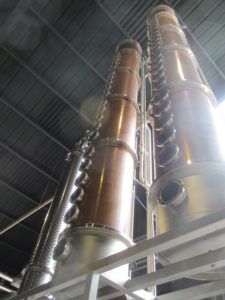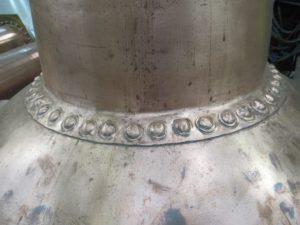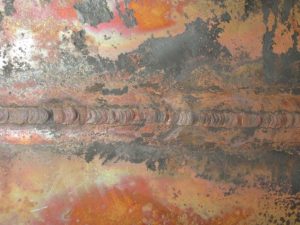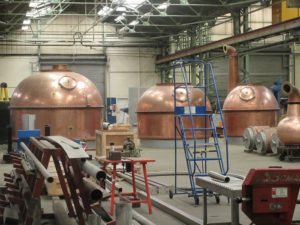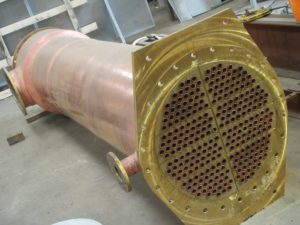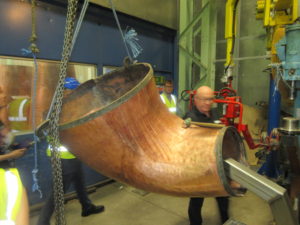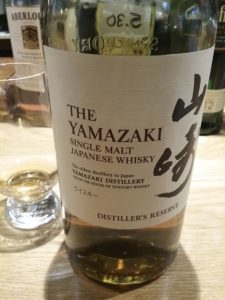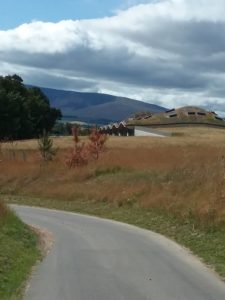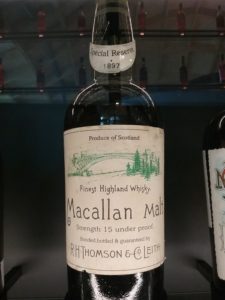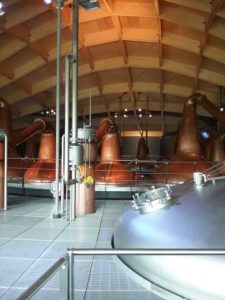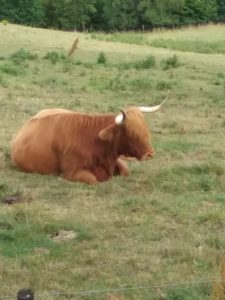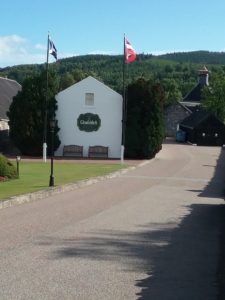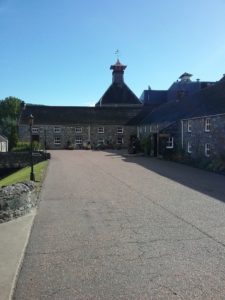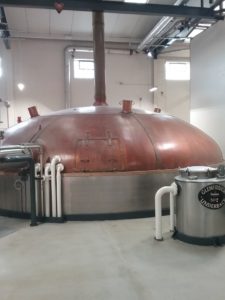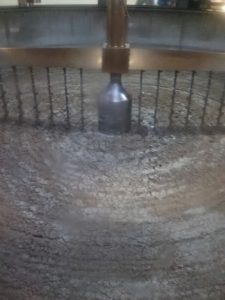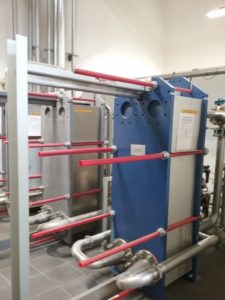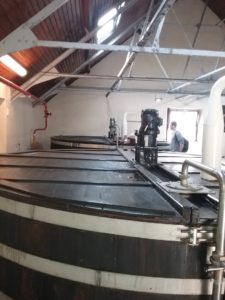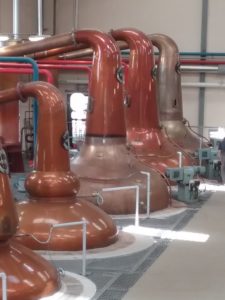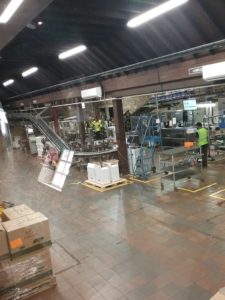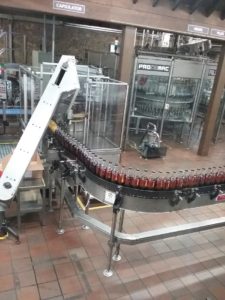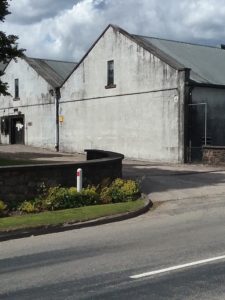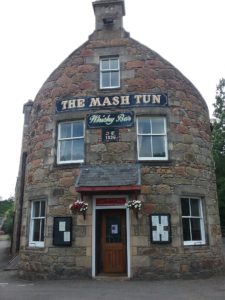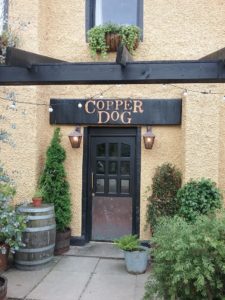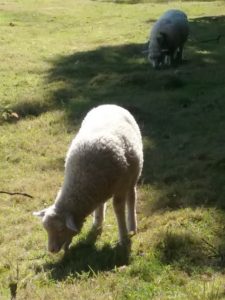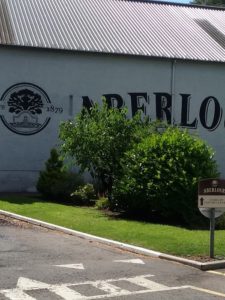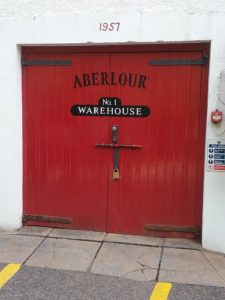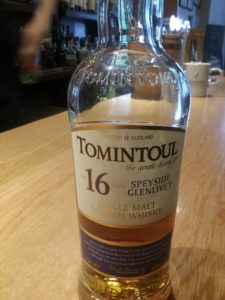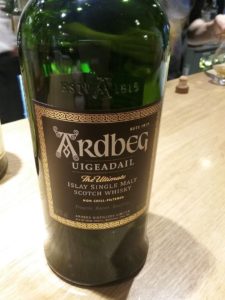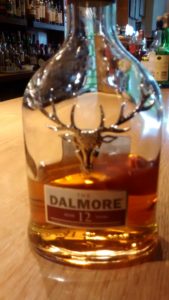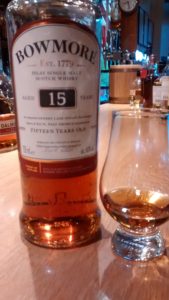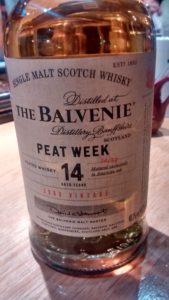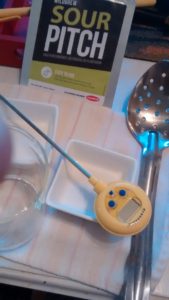Today, I did a VIP Tour of Speyside Cooperage. This company is owned by French multinational TFF and in fact here is what I learned (I was shocked!!):
TFF has a cooperage in Ohio somewhere. At this cooperage they make new oak barrels which are rented out to Bourbon distillers for 4 to 6 years. After the Bourbon distillery is done with the cask, TFF reclaims their barrel and ships it to Scotland where it is re-furbished in Craigellachie before being sold to a Scotch distillery.
In addition, some of the barrels here at this cooperage are outright owned by big Scotch whisky makers who give careful instructions as to how to refurbish them. I was under the impression that all barrels were given a shave and a re-toast and a re-char. Not necessarily. Some are just given an inspection for cracks and a re-char. Some are just given an inspection only. In all cases, the metal hoops are re-furbished by removing the rivets and drilling new holes are inserting new rivets. This is to ensure that the barrel remains tight once it is filled again with distillate. The lids when applied again are fitted with a length of river reed which acts as a seal to prevent any leaks from the lid area.
TFF also has a facility in Shepherdsville, Kentucky. A craft distiller can contact this location to buy re-furbished barrels.
What follows are some pics that I took. These hardly do the subject justice. You really need to be here boots on the ground and literally 3 feet away from the cooper as he plies his trade before your eyes. I have also learned that it takes 4 years to become a cooper. Many of the coopers I saw working today have been there for decades. One gentleman had 44 years seniority. Apparently the one issue that can end a career is a back injury. Constant movement, twisting and turning can take their toll on a man’s back.
I also learned that the coopers are paid by the barrel. To get paid, their barrels made in a day all have to pass a pressure test. If getting paid piece-work sounds like a bad deal, it is not. I was told that these coopers make 3 times as much money as the average working person in the Craigellachie area.
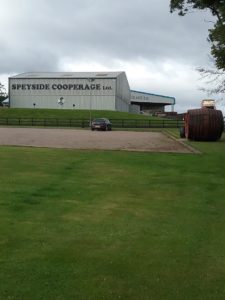

A short walk along the road from Craigellachie will take you to the facility. On their website they talk about tours, but it is best to email Gillian Reid and ask her about the VIP 30 Pound option.
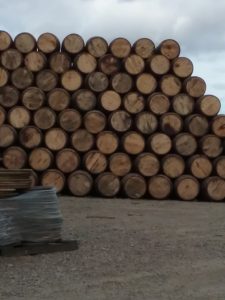
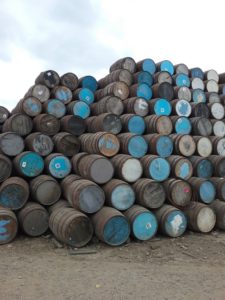
Barrels, barrels. Gaaaad!! Piles of the damn things!!
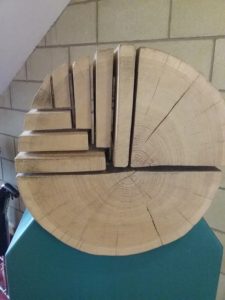
In my book Field to Flask, I try to describe how the oak logs are quarter-sawn. This photo explains it better.
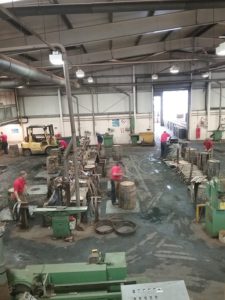
A shot of the production floor.I took a lot of video footage and will be creating a video presentation.
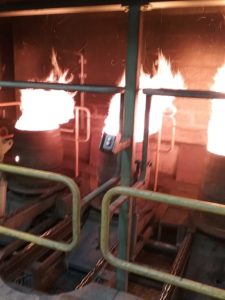
FIRE !!!! I learned that a #4 alligator char is a 160 second computer-timed burn. A #2 char is something like 75 seconds. After flame-out, water is sprayed inside to stop the burn.
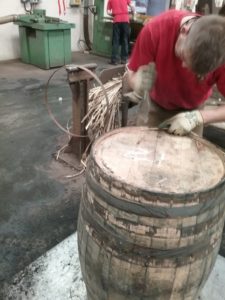
The cooper uses a tool to insert a length of reed into the “croze” joint around the lid.
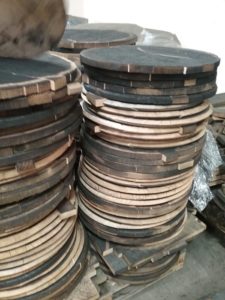
New lids are made on site in the event that the barrels arriving on site have bulged or cracked lids.
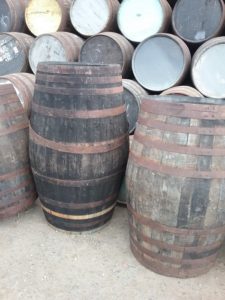
The taller barrel is called a Port pipe.
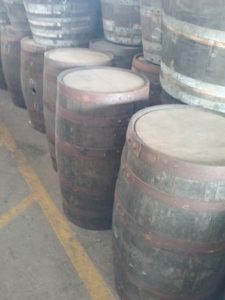
These smaller barrels are called quarter-casks. ( Hint – Laphroaig Quarter Cask Single Malt….)

